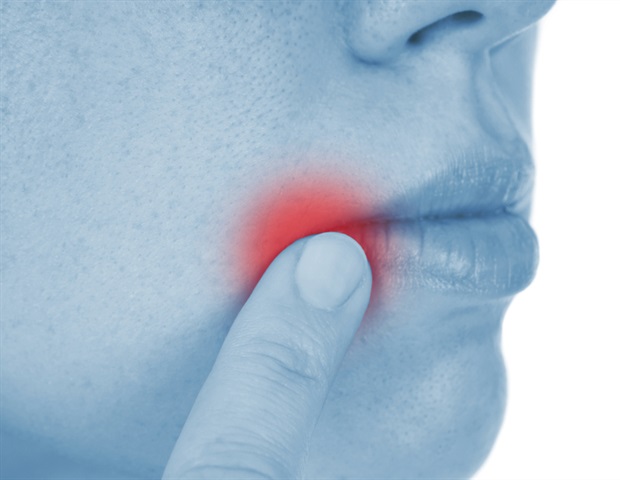An article published in the journal Brain, Behavior, and Immunity reports the findings of a study by researchers based in Brazil, the United States and South Korea who set out to understand how viral infections cause pain and to contribute to the search for novel ways of relieving it. The article shows that a channel known to mediate pain can be activated when an immune system sensor known as STING (stimulator of interferon genes) recognizes certain nucleic acids, such as viral DNA. STING is a key component of the innate immune system present in nociceptors, nerve cell endings that initiate the sensation of pain.
The researchers analyzed mice infected with herpes simplex virus 1 (HSV-1), a close relative of varicella-zoster virus (VZV), which causes chickenpox and shingles. They concluded that removing STING from nociceptors resulted in a significant reduction in pain without affecting inflammation or viral load . The scientists believe the discovery that the STING signaling pathway is directly linked to pain, independently of inflammation, may also apply to other viral and bacterial infections, including COVID-19.
Research showing pain-inducing interaction between SARS-CoV-2 and STING has recently been reported. Pain is often one of the first symptoms of infection, but the processes by which it is induced are poorly understood. Immune cells normally recognize viral nucleic acids, which activate receptors and viral signaling, triggering an immune response.
These receptors and.


















